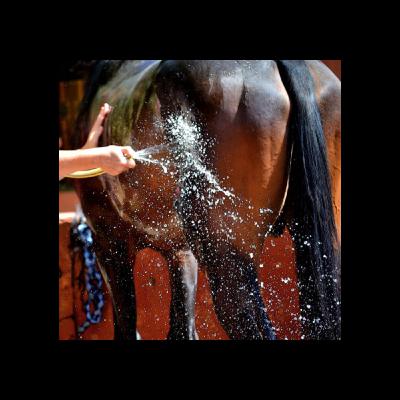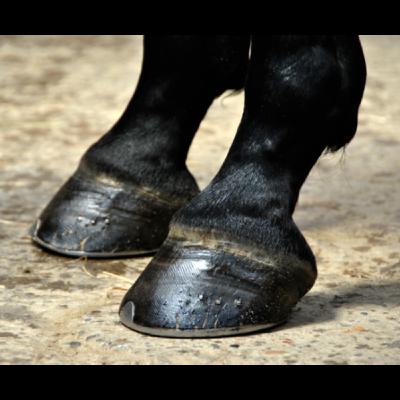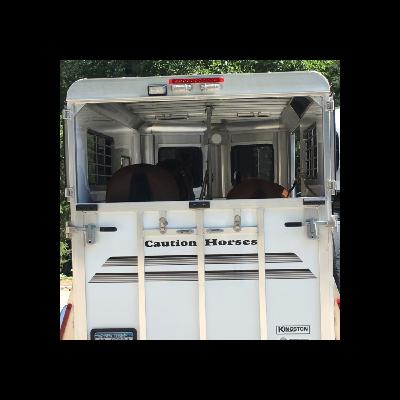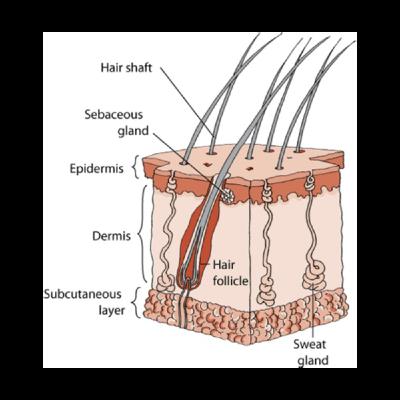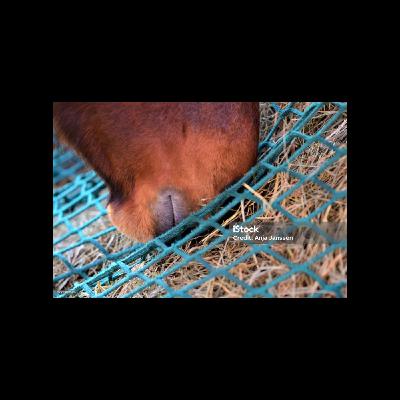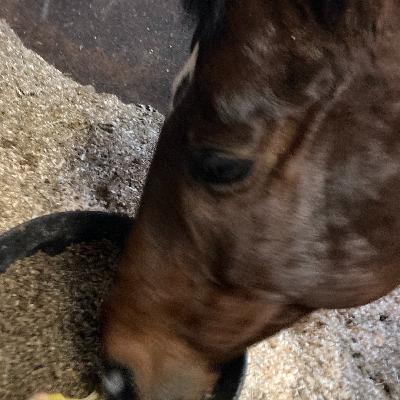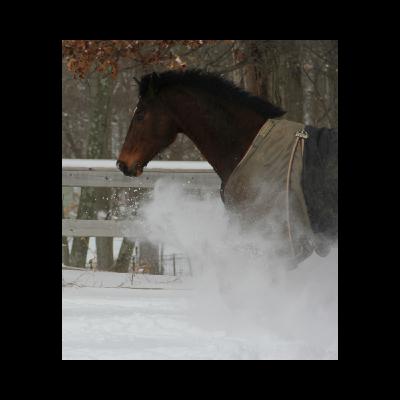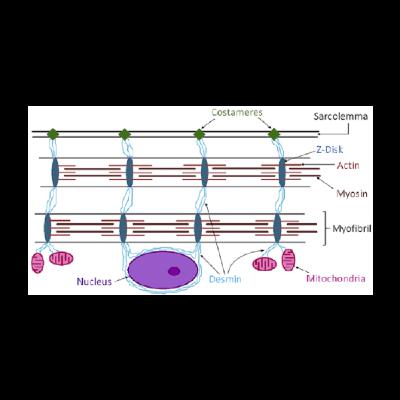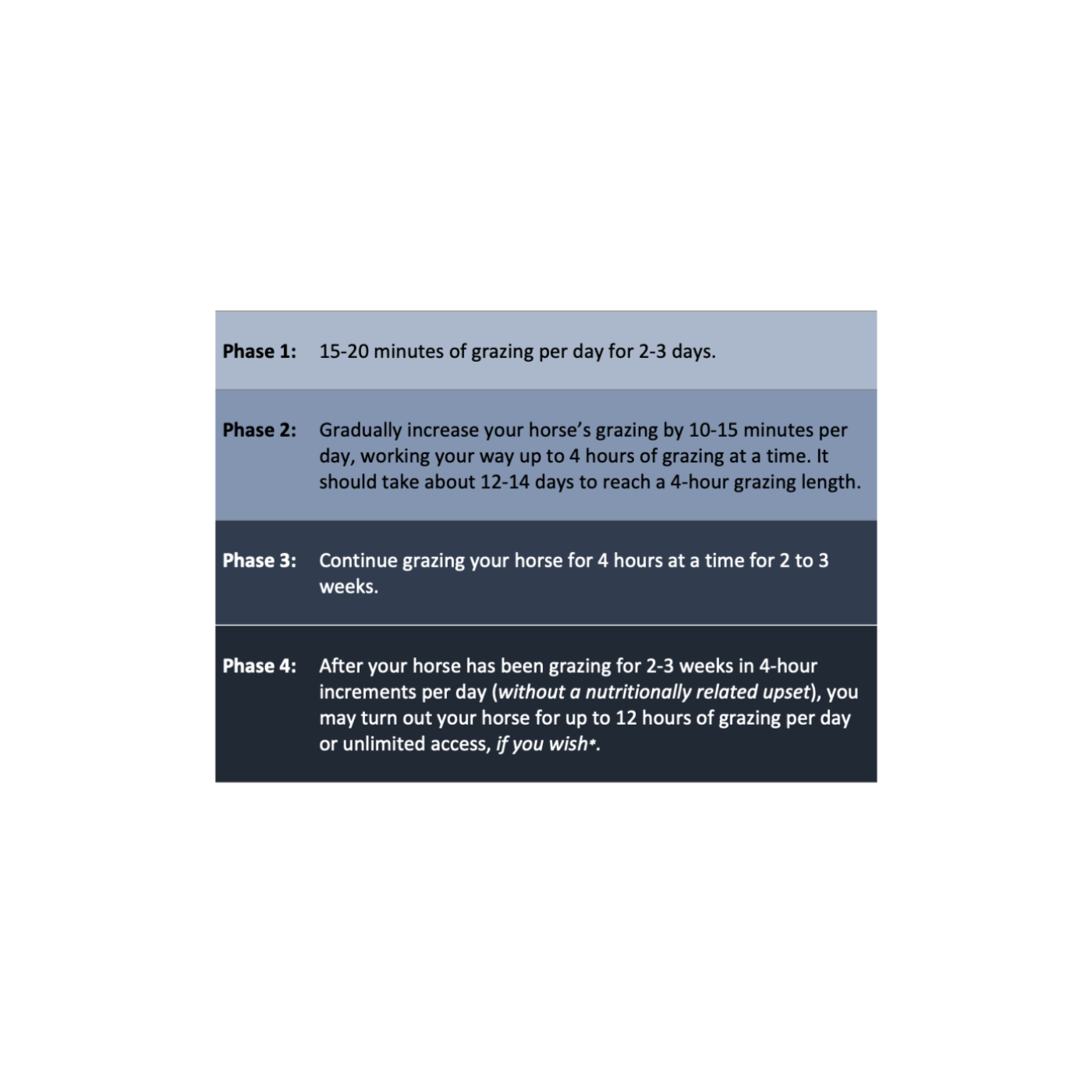Anhidrosis in Horses
Description
Welcome back to season 3 of Farm To Stable. It's the time of year here in North America when many equestrians are getting ready to head south to warmer climates for the winter. Dramatic change in environmental temperature from cold to hot can trigger or exasperate anhidrosis, a condition in which sweating is drastically reduced despite an increase in body temperature. So, how is anhidrosis managed? We'll talk about it in this episode.
Research References:
Johnson, E., et al. 2010. An epidemiologic study of anhidrosis in horses in Florida. Journal of the American Veterinary Medical Association. 236(10). DOI: https://doi.org/10.2460/javma.236.10.1091
Marlin, et al. 1996. Acclimation of horses to high temperature and humidity. Equine Athlete. 9: 8-11.
Marlin, et al. 1996. Physiological responses in non-heat acclimated horses performing treadmill exercise in cool, hot, dry and hot humid condition. Equine Veterinary Journal (Suppl.) 22: 70-84.
Marlin, D. & Nankervis, K. 2002. Thermoregulation. In: Equine Exercise Physiology. Blackwell Science. Publishing. Oxford, UK.
Shmalberg, J and Xie, H. 2009. The clinical application of equine acupuncture. Journal of Equine Veterinary Science. 29(8): 645-652.
Cover photo: istockphoto.com

